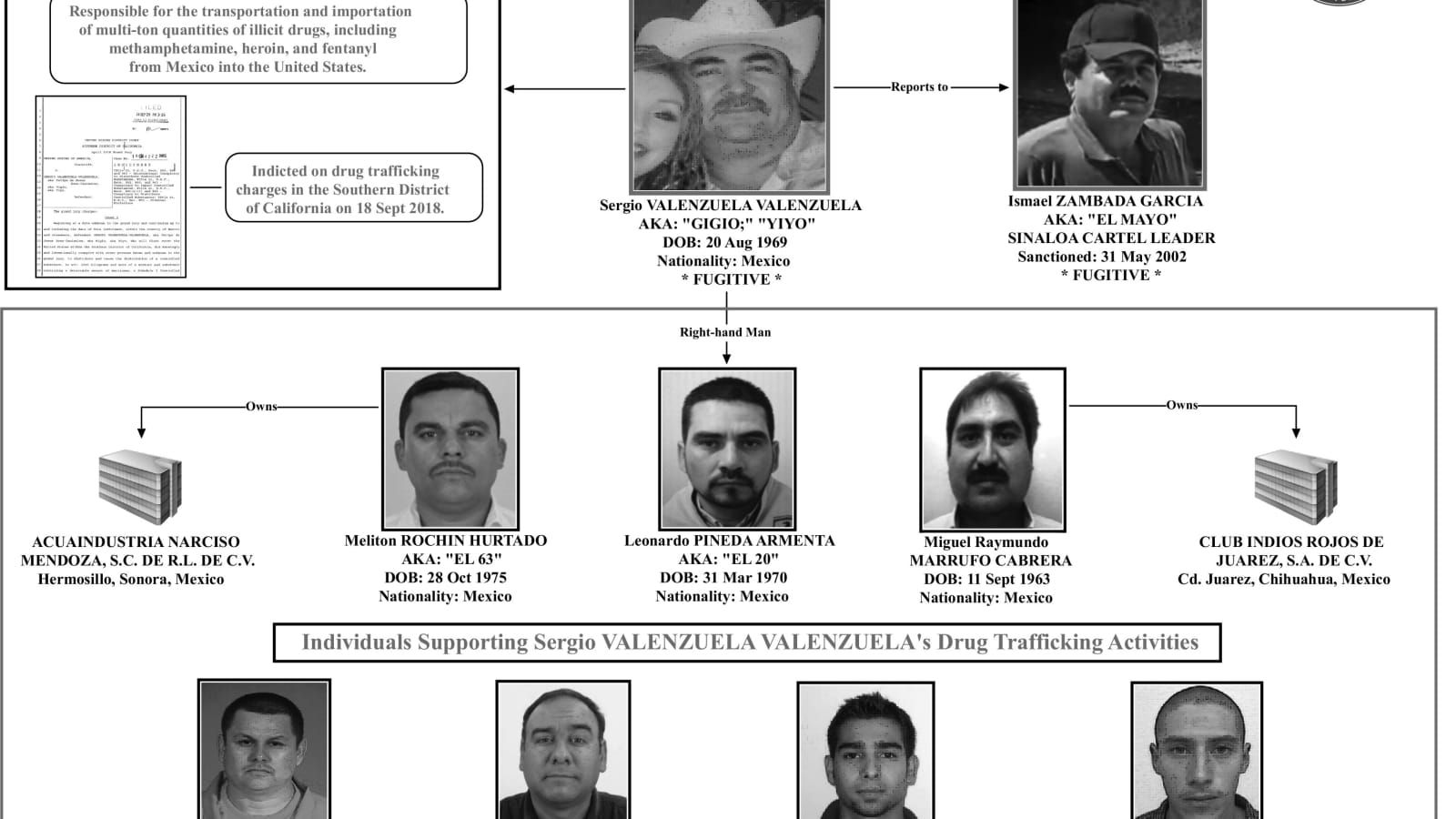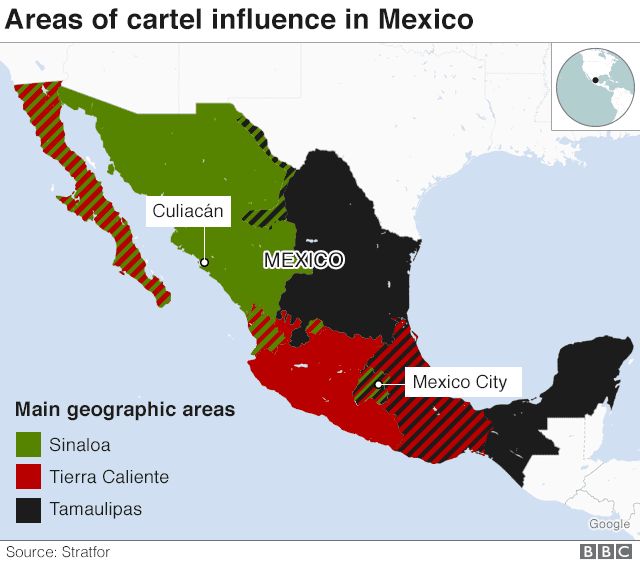Sinaloa Cartel Net Worth: Unveiling The Financial Empire Of Mexico's Most Notorious Crime Syndicate
When we talk about the Sinaloa Cartel, it's like diving into the darkest corners of the global underworld. This isn't just some random group of criminals; it's a highly sophisticated organization that has built an empire worth billions. The Sinaloa Cartel net worth is not just a number; it's a reflection of their dominance in the drug trade, their influence across borders, and their ability to stay one step ahead of law enforcement. So, buckle up because we're about to uncover the financial empire behind Mexico's most notorious crime syndicate, and trust me, it's a wild ride.
Now, you might be wondering why the Sinaloa Cartel stands out among other cartels. It's not just about the drugs—they’ve mastered logistics, bribery, and even political manipulation. Their operations stretch from South America all the way to the United States and beyond, creating a vast network that moves billions of dollars annually. This isn't your average street gang; it's a billion-dollar enterprise that operates like a Fortune 500 company, only with guns instead of boardroom meetings.
But here's the kicker: despite the constant pressure from law enforcement and rival cartels, the Sinaloa Cartel continues to thrive. How do they manage to keep their empire intact while other organizations crumble under the weight of their own greed? That's what we're going to explore in this article, so stick around because it's going to get real.
Read also:Secure Remote Access With Remoteiot Ssh A Comprehensive Guide
Table of Contents
- Biography: The Rise of the Sinaloa Cartel
- Sinaloa Cartel Net Worth: Breaking Down the Numbers
- Organizational Structure: How the Cartel Operates
- Revenue Sources: Drugs, Bribery, and Beyond
- Global Reach: Expanding the Empire
- Leadership: The Faces Behind the Empire
- Challenges Faced by the Cartel
- Impact on Society: The Dark Side of Wealth
- Legal Efforts to Dismantle the Cartel
- The Future of the Sinaloa Cartel
Biography: The Rise of the Sinaloa Cartel
Let’s rewind the clock and take a look at how the Sinaloa Cartel came to be. It all started back in the 1980s, when a group of drug traffickers in Sinaloa, Mexico, decided to join forces and create something bigger than themselves. At the helm was a man who would later become known as "El Chapo"—Joaquín Guzmán Loera. But this wasn’t just about one guy; it was about building an empire that would change the drug trade forever.
The cartel didn’t start with billions; it started with connections. They built relationships with farmers who grew marijuana and poppies, then moved on to cocaine, heroin, and methamphetamine. What set them apart was their ability to adapt and expand. While other cartels were busy fighting turf wars, the Sinaloa Cartel was quietly building alliances and expanding their reach.
By the early 2000s, the Sinaloa Cartel had become the dominant force in the Mexican drug trade. They controlled key smuggling routes into the United States, and their influence stretched across multiple countries. But their rise wasn’t without its challenges. They faced competition from rival cartels like Los Zetas and the Gulf Cartel, but through sheer force and cunning, they managed to come out on top.
Key Figures in the Sinaloa Cartel
Here’s a quick rundown of some of the key figures who helped build the cartel into what it is today:
- Joaquín "El Chapo" Guzmán: The founder and former leader of the cartel, known for his legendary escapes from prison.
- Ismael "El Mayo" Zambada: One of the original founders and a key figure in the cartel’s operations.
- Dámaso López Núñez: A former high-ranking member who later became a rival to El Chapo.
Sinaloa Cartel Net Worth: Breaking Down the Numbers
So, how much is the Sinaloa Cartel worth? Estimates vary, but most experts agree that their net worth is in the billions. Some say it could be as high as $10 billion, while others put it closer to $5 billion. Either way, we’re talking about a massive amount of money that fuels their operations and protects their interests.
But where does all this money come from? The short answer is drugs—lots and lots of drugs. The cartel controls a significant portion of the cocaine, heroin, and methamphetamine market in the United States. They also traffic marijuana, although its legalization in some states has reduced its profitability.
Read also:Excon Charged With Murdering Mom And Brother Just Days After Leaving Prison
Here’s a rough breakdown of their revenue sources:
- Cocaine: Accounts for a significant portion of their income, with estimates suggesting they move hundreds of tons annually.
- Heroin: With the opioid crisis in the U.S., heroin has become a major cash cow for the cartel.
- Methamphetamine: Known as "ice," this drug is highly addictive and extremely profitable.
- Bribery and Extortion: Let’s not forget the money they make from bribing officials and extorting businesses.
Organizational Structure: How the Cartel Operates
One of the reasons the Sinaloa Cartel has been so successful is its organizational structure. Unlike other cartels that rely on brute force, the Sinaloa Cartel operates more like a corporation. They have a clear hierarchy, with leaders at the top making strategic decisions and lower-level members handling day-to-day operations.
At the top, you have figures like El Chapo and El Mayo, who make the big decisions. Below them are regional bosses who oversee specific areas of operation. Then there are the foot soldiers, or "sicarios," who do the dirty work. It’s a well-oiled machine that ensures everyone knows their role and sticks to it.
But here’s the thing: the cartel doesn’t just rely on violence to get things done. They’ve mastered the art of negotiation and bribery. By paying off the right people, they can operate relatively freely in many areas. It’s a strategy that has kept them ahead of the competition for decades.
How the Cartel Adapts to Challenges
The cartel isn’t static; it evolves to meet new challenges. For example, when law enforcement cracked down on traditional smuggling routes, they found new ways to get drugs into the U.S. They built tunnels, used submarines, and even disguised shipments as legitimate goods. Their ability to adapt is what makes them so dangerous.
Revenue Sources: Drugs, Bribery, and Beyond
While drugs are the main source of revenue for the Sinaloa Cartel, they also make money from other activities. Bribery and extortion are big business, and they’ve been known to dabble in human trafficking and arms smuggling. But it’s the drug trade that keeps the money flowing.
Here’s a closer look at some of their revenue streams:
- Drug Trafficking: The cartel controls key routes into the U.S., including border crossings and seaports.
- Bribery: Paying off officials at all levels of government ensures they can operate without interference.
- Extortion: Businesses in areas controlled by the cartel often pay protection money to avoid violence.
- Money Laundering: The cartel uses a network of shell companies and front businesses to launder their profits.
Global Reach: Expanding the Empire
The Sinaloa Cartel’s influence doesn’t stop at the U.S.-Mexico border. They’ve expanded their operations across the globe, establishing networks in Europe, Asia, and Africa. This global reach allows them to diversify their revenue streams and reduce their reliance on any one market.
In Europe, they’ve found new markets for cocaine and heroin. In Asia, they’ve tapped into the growing demand for synthetic drugs like methamphetamine. And in Africa, they’ve established smuggling routes that connect South America to Europe and beyond.
But expanding globally isn’t without its risks. The cartel faces competition from local gangs and law enforcement agencies that are often better equipped to deal with their operations. Still, they’ve managed to carve out a niche in many regions, proving that their reach is truly global.
The Cartel’s Influence in South America
South America is where it all began for the Sinaloa Cartel. They’ve built strong relationships with farmers and producers in countries like Colombia and Peru, ensuring a steady supply of cocaine. These alliances have allowed them to maintain their dominance in the drug trade for decades.
Leadership: The Faces Behind the Empire
While El Chapo may be the most famous face of the Sinaloa Cartel, he’s not the only one running the show. The cartel’s leadership is a complex web of personalities and alliances that have evolved over time. Here’s a closer look at some of the key figures:
- Ismael "El Mayo" Zambada: Still considered one of the top leaders, El Mayo has been a key figure in the cartel since its inception.
- Dámaso López Núñez: Once a close ally of El Chapo, he later became a rival after a falling out.
- Alfredo Beltrán Leyva: Known as "El Mochomo," he was a key figure in the cartel’s operations until his arrest in 2008.
Challenges Faced by the Cartel
Despite their success, the Sinaloa Cartel faces numerous challenges. Law enforcement agencies in Mexico, the U.S., and other countries are constantly working to dismantle their operations. Rival cartels are also a threat, as they compete for control of key markets and smuggling routes.
One of the biggest challenges is maintaining internal stability. The cartel has seen its share of infighting and betrayal, with former allies turning on each other. This instability can weaken their operations and make them more vulnerable to outside threats.
But perhaps the biggest challenge is adapting to changing market conditions. As drugs like marijuana become legal in some areas, the cartel must find new ways to generate revenue. This requires constant innovation and a willingness to take risks.
Impact on Society: The Dark Side of Wealth
The Sinaloa Cartel’s wealth has come at a terrible cost. Violence, corruption, and addiction are just a few of the side effects of their operations. Thousands of people have lost their lives in the drug wars, and countless more have been displaced or traumatized.
But the impact goes beyond the immediate victims. The cartel’s influence has corrupted governments and institutions, undermining democracy and the rule of law. In some areas, they’ve become more powerful than the state itself, creating a parallel system of governance that operates outside the law.
And let’s not forget the economic impact. The cartel’s activities have distorted markets and created a shadow economy that operates in the shadows. This has had ripple effects across industries and communities, often with devastating consequences.
Legal Efforts to Dismantle the Cartel
Law enforcement agencies around the world have been working tirelessly to dismantle the Sinaloa Cartel. Arrests, seizures, and extraditions have all been part of the strategy to weaken their operations. But despite these efforts, the cartel continues to thrive.
One of the biggest successes came in 2016, when El Chapo was finally captured and extradited to the U.S. His trial shed light on the inner workings of the cartel and led to the arrest of several key figures. But even with El Chapo behind bars, the cartel remains a powerful force in the drug trade.
So, what needs to change? Experts say a more coordinated international effort is needed to tackle the cartel’s global operations. This includes sharing intelligence, targeting financial networks, and addressing the root causes of drug addiction and poverty.
The Future of the Sinaloa Cartel
Looking ahead, the future of the Sinaloa Cartel is uncertain. While they remain a powerful force, they face numerous challenges that could weaken their operations. Increased pressure from law enforcement, competition from rival cartels, and changing


